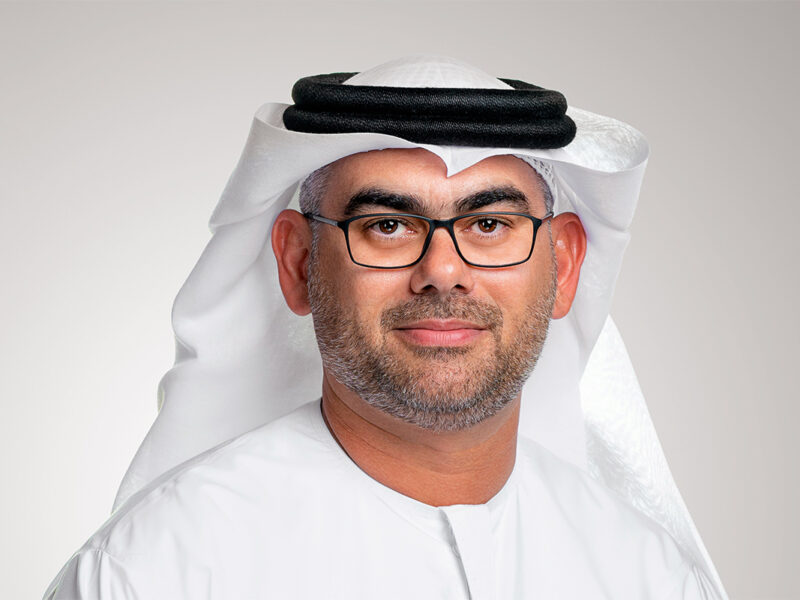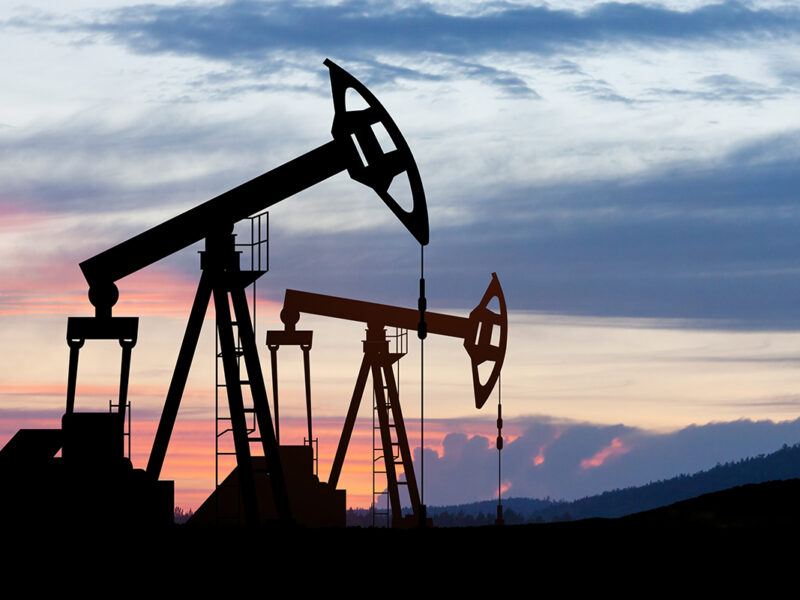Public exploration and production (E&P) companies are on track to shatter previous record profits in 2022, according to research revealed by Rystad Energy.
High oil and gas prices and surging demand will drive financial success, with total free cash flow (FCF) – which shows a company’s cash from operations after accounting for outflows and asset maintenance – expected to balloon to $834 billion.
“The current financial health of public upstream operators is at an all-time high. Still, the good times are set to get even better this year, thanks to a perfect storm of factors pushing profits and cash flow to another record high in 2022,” said Espen Erlingsen, Rystad Energy’s head of upstream research.
Profits increase 70 percent compared to 2021
If profits, in terms of FCF, hit the projected $834 billion mark, it will mean a 70 percent increase from the $493 billion of profits witnessed in 2021.
Total FCF from public E&Ps fell to around $126 billion in 2020 as a result of the Covid-19 pandemic and the ensuing oil price collapse, halving the prior year’s total, the Rystad research stated.
As the global economy rebounded and fuel demand increased, last year’s FCF levels surged to approximately $500 billion, the highest profits ever for the upstream industry.
The main contributing factor to these glowing financials is sustained high oil and gas prices.
With average Brent oil prices estimated at $111 per barrel in 2022, a Henry Hub gas price at $4.2 per thousand cubic feet (Mcf) and a European gas price of $25 per Mcf, total FCF for public upstream companies will reach $834 billion this year.

Cash from operations expected to jump 56 percent
However, it is not just record high FCF on the table for public upstream operators. Cash from operations is also expected to rocket this year, breaking the $1 trillion threshold for the first time.
The $1.1 trillion projected annual total is a 56% jump from 2021 levels of $719 billion, which was the highest yearly total since 2014.
Cash from operations is typically used to fund new investments and financial costs, such as debt payments and dividends.
In 2020, cash from operations dropped by almost $200 billion, or around 35 percent, implying that companies had less money to finance new activity and issue payouts to their owners. As a result, investments also dropped in 2020, falling by almost $100 billion or around 30 percent, the Rystad Energy research revealed.
Despite the robust growth in cash from operations, investments are not expected to grow significantly this year, inching up to $286 billion from $258 billion in 2021.
The investment ratio shows the disparity between record cash flow and profits, and the portion of those windfalls that are reinvested.
This ratio has fluctuated during the past decade, averaging around 72 percent. This year, however, the projected investment ratio is expected to plunge to 26 percent, the lowest since the early 1980s.
The meager investment ratio and soaring FCF indicate that public E&P companies will have significant cash available to pay down debt or fork out dividends to shareholders.
Much of last year’s profit was spent on reducing debt, which has left upstream operators in a very healthy financial position.
The upshot of this is that a significant portion of the vast profits anticipated this year will likely be paid out to shareholders.

How the operators stack up
Almost all the large public E&P companies will have an investment ratio between 20 percent and 30 percent in 2022.
US independent Occidental Petroleum has the lowest ratio of about 20 percent, while US major ExxonMobil is expected to see the most significant increase in FCF in 2022, growing by about $18 billion.
Compatriot independent Hess is an outlier among these companies with an investment ratio of around 45 percent, due to the company’s plans to ramp up investments in Guyana and the core US shale patch of the Bakken.









